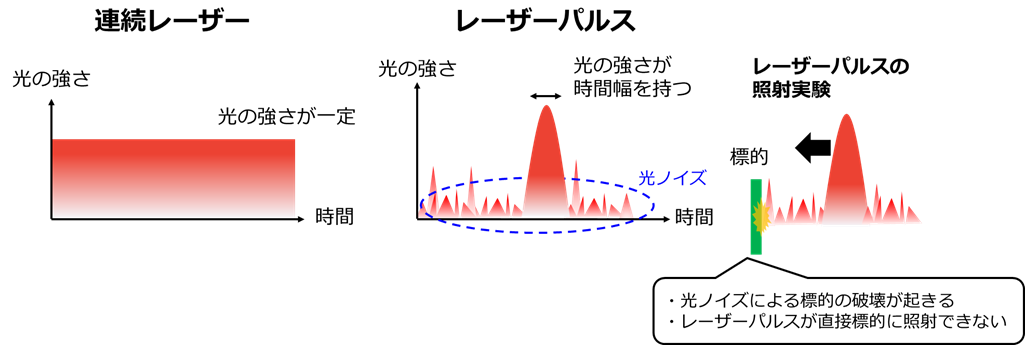2022-08-15 アメリカ国立標準技術研究所(NIST)
研究者らは広範な文献調査を行い、無脊椎動物、魚類、海鳥、海洋哺乳類、ウミガメなど、さまざまな海洋野生生物に関する研究論文から抽出した主要情報を統計的に分析しました。
<関連情報>
- https://www.nist.gov/news-events/news/2022/08/scientists-identify-potential-bioindicators-monitoring-plastic-pollution
- https://www.sciencedirect.com/science/article/abs/pii/S0269749122010752
北太平洋のプラスチック汚染長期モニタリングプログラムに向けて:プラスチック摂取の生物指標に関するレビューと提言 Towards a North Pacific Ocean long-term monitoring program for plastic pollution: A review and recommendations for plastic ingestion bioindicators
Matthew S.Savoca,Susanne Kühn,Cheng JunSun,Stephanie Avery-Gomm,C. Anela Choy,Sarah Dudas,Sang Hee Hong,K. David Hyrenbach,Tsung-HsienLi,Connie Ka-yanNg,Jennifer F.Provencher,Jennifer M.Lynch
Environmental Pollution Available online: 6 August 2022
DOI:https://doi.org/10.1016/j.envpol.2022.119861

Highlights
- •North Pacific marine biota are among the most polluted by plastic ingestion globally.
- •Generated rubric and evaluated 354 species’ potential to serve as bioindicators of plastic.
- •Twelve species highlighted as having highest bioindicator potential.
- •Developed monitoring plans for these species to track plastic in North Pacific ocean.
- •Introduction.
Abstract
Marine debris is now a ubiquitous component of the Anthropocene global ocean. Plastic ingestion by marine wildlife was first reported in the 1960s and since that time, roughly one thousand marine species have been reported to consume this debris. This study focuses on plastic ingestion by marine invertebrates and vertebrates in the North Pacific Ocean. Specifically, we reviewed the scientific literature to assess the scope of the problem, identified key bioindicator species, and proposed guidelines for future monitoring of plastic debris in North Pacific marine ecosystems. Our meta-analysis confirmed that the North Pacific is among the most polluted ocean regions globally; roughly half of all fish and seabird specimens and more than three-quarters of sea turtles and bivalve specimens examined in this region had consumed plastic. While there are not enough standardized data to assess if these ingestion rates are worsening, sampling standardization and reporting of methods are improving over time. Using a rubric-evaluation approach, we evaluated 354 species for their potential to serve as bioindicators of the prevalence of plastic pollution in the North Pacific. This analysis revealed a suite of 12 bioindicator species candidates which sample a variety of ecosystem components and cover a wide range of plastic size classes. Thus, we contend that these bioindicator candidates provide a key foundation for developing a comprehensive plastic monitoring program in the region. To enhance the utility of these bioindicators, we developed a framework for standardized data collection to minimize methodological variabiloity across different studies and to facilitate the assessment of temporal trends over space and time. Tracking plastic ingestion by these bioindicators will help to assess the effectiveness of mitigation actions in the region, a critical step to evaluate progress towards sustainability and improved ocean health in the 21st century.



